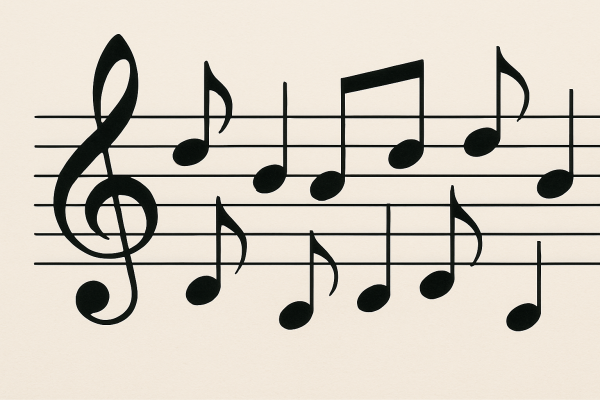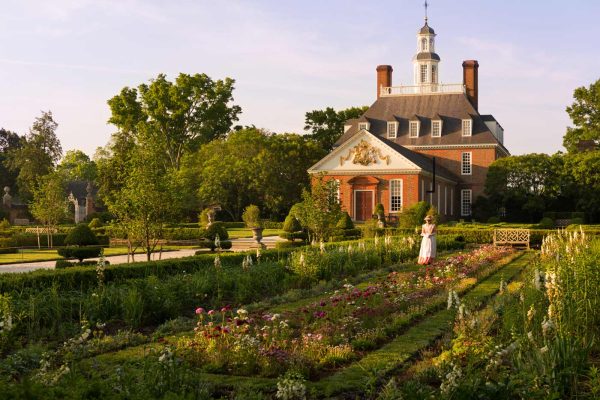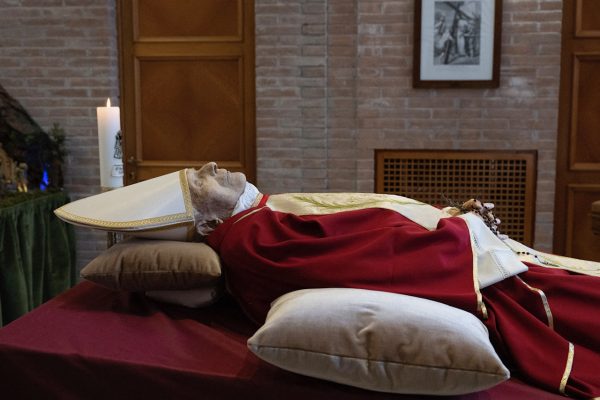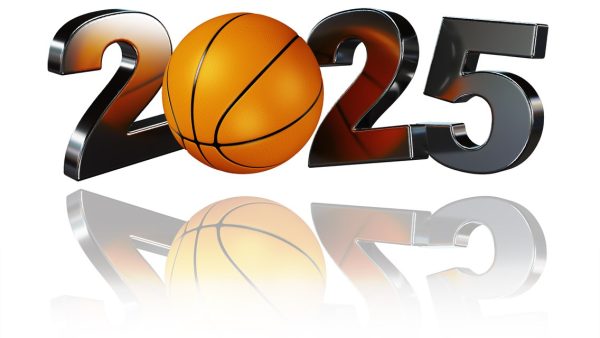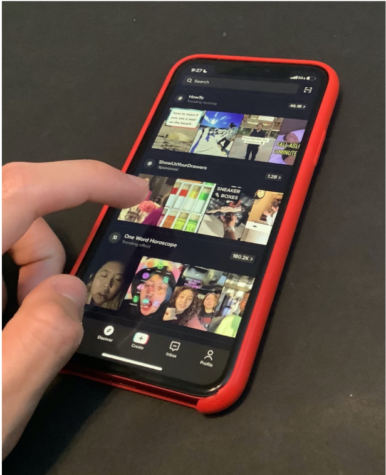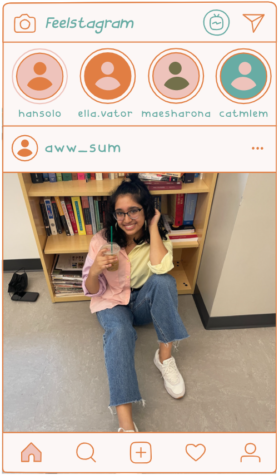College Acceptances: What’s an “Ivy League”?
So many high school students dream of getting into an Ivy League university. The idea of going to such a well-known school often brings a smile to their faces, but the pressure of getting into such a competitive school carries with it a lot of unnecessary worry and stress. To many, it may feel like a measure of self-worth to attend one of the schools often represented as the only prestigious colleges in America. In many families, the pressure is put on children from a very young age to get into a college that they might not even want to go to. In other words, Ivy Leagues are overrated.
So what makes a college an Ivy League institution? Colleges were characterized by the term Ivy League in 1954 when the NCAA athletic conference for Division I was formed. There are only eight universities / colleges in the Ivy League, which are Dartmouth College, Brown University, Harvard University, Cornell University, Columbia University, University of Pennsylvania, Princeton University, and Yale University.
Acceptance and attendance at an Ivy League school are not an exclusive measure for individual success and happiness. Even though only 0.02% of Americans have attended these selective schools, approximately 25% of Americans have landed their dream jobs (as of 2018). Many forget that other colleges educate their students just as well as Ivy Leagues and, in some cases, even better. Getting into an Ivy may not be a goal for some individuals, yet they may find themselves yearning for an acceptance letter from one simply for the “bragging rights.” In other words, receiving admission from an Ivy League may be more valued than actually going to the college itself.
Students may overwhelm themselves with extracurriculars and achievements that they may not even enjoy in an attempt to enter an Ivy League. Many students work very hard to get their college applications to look perfect and, if they don’t get in, they may feel like failures because they worked so hard for four years to gain this specific college acceptance.
There is a lot of competition to get into Ivy League schools resulting in a lot of applicants getting rejected. Harvard, for example, had an acceptance rate of 12.3 for the Class of 2001 in 1997. But this year in 2021, Harvard had an acceptance rate of 5.2%. Over time, Ivy League schools have decreased the percentage of applicants they accept because of such competition, but this isn’t the only reason. 14% of Harvard undergraduate students are legacy applicants. Legacy students are accepted at a much higher rate at Harvard, at approximately 34% from 2009 to 2015. And while Harvard admissions officials argue that legacy students are more familiar with the institution or that they are more likely to be a good fit, this position does not provide the whole, most accurate picture. To discriminate against students based on what their families have done in the past should be irrelevant to admitting new students. And it is not just Harvard that does this, 42% of private institutions use legacy status in determining the admission of a new applicant (2018 study).
Just because a college is an Ivy League, does not mean that it is the absolute best university for a student to attend. And while it may be disappointing to not get into an Ivy League, there are a lot more opportunities beyond these schools. Because of the social stigma that an Ivy League is the only good college to attend, many ignore the abundance of other schools that provide the same education and may be better suited for them. Put your time and energy into going to a college that you actually want to go to! Even if you feel pressure on you to get into an Ivy League and go to one, you should go where you want to go, where you feel you will receive not only the best education, but also the best treatment as a student. Remember, you are not defined by whether or not you get into an Ivy League, or any college for that matter.

